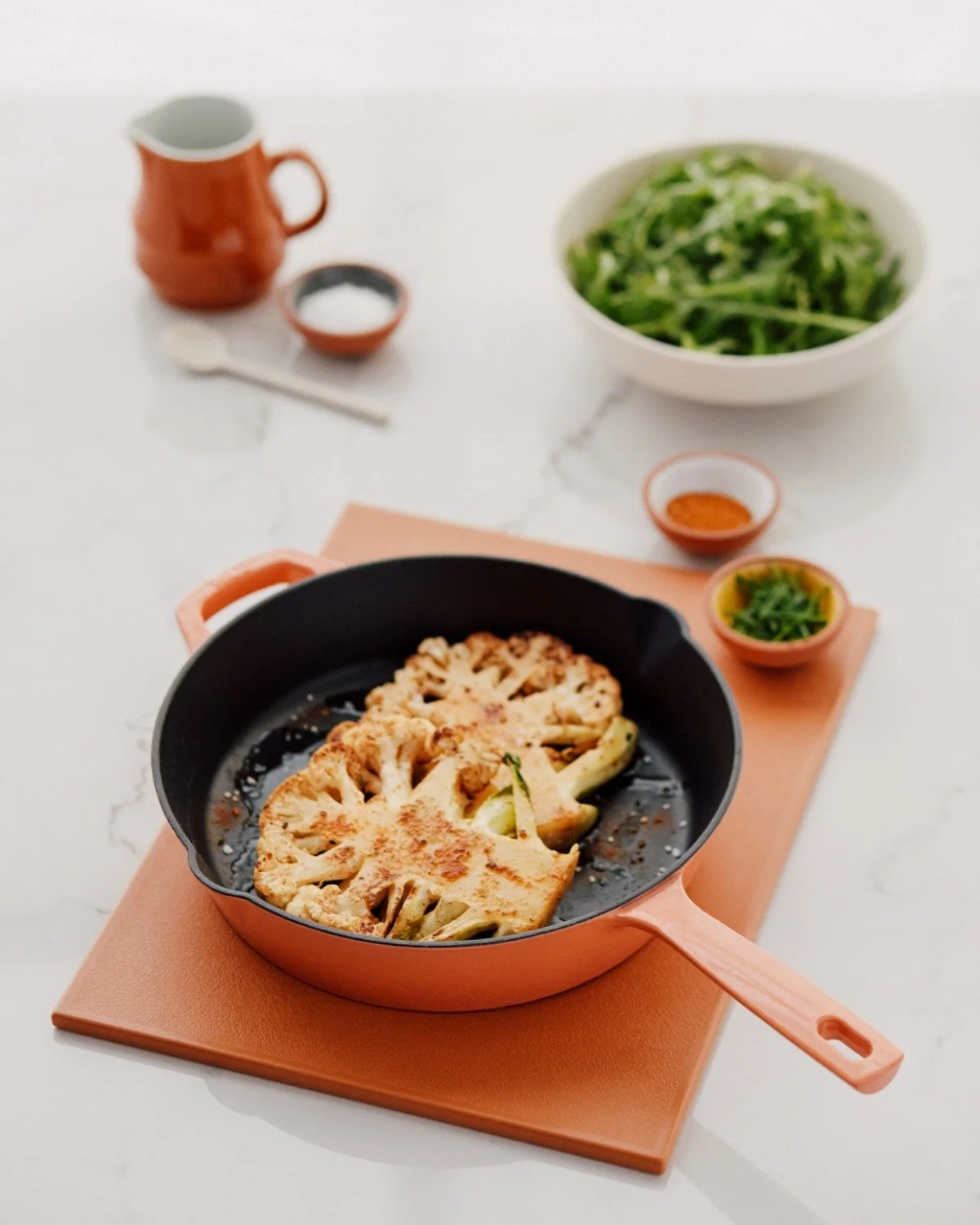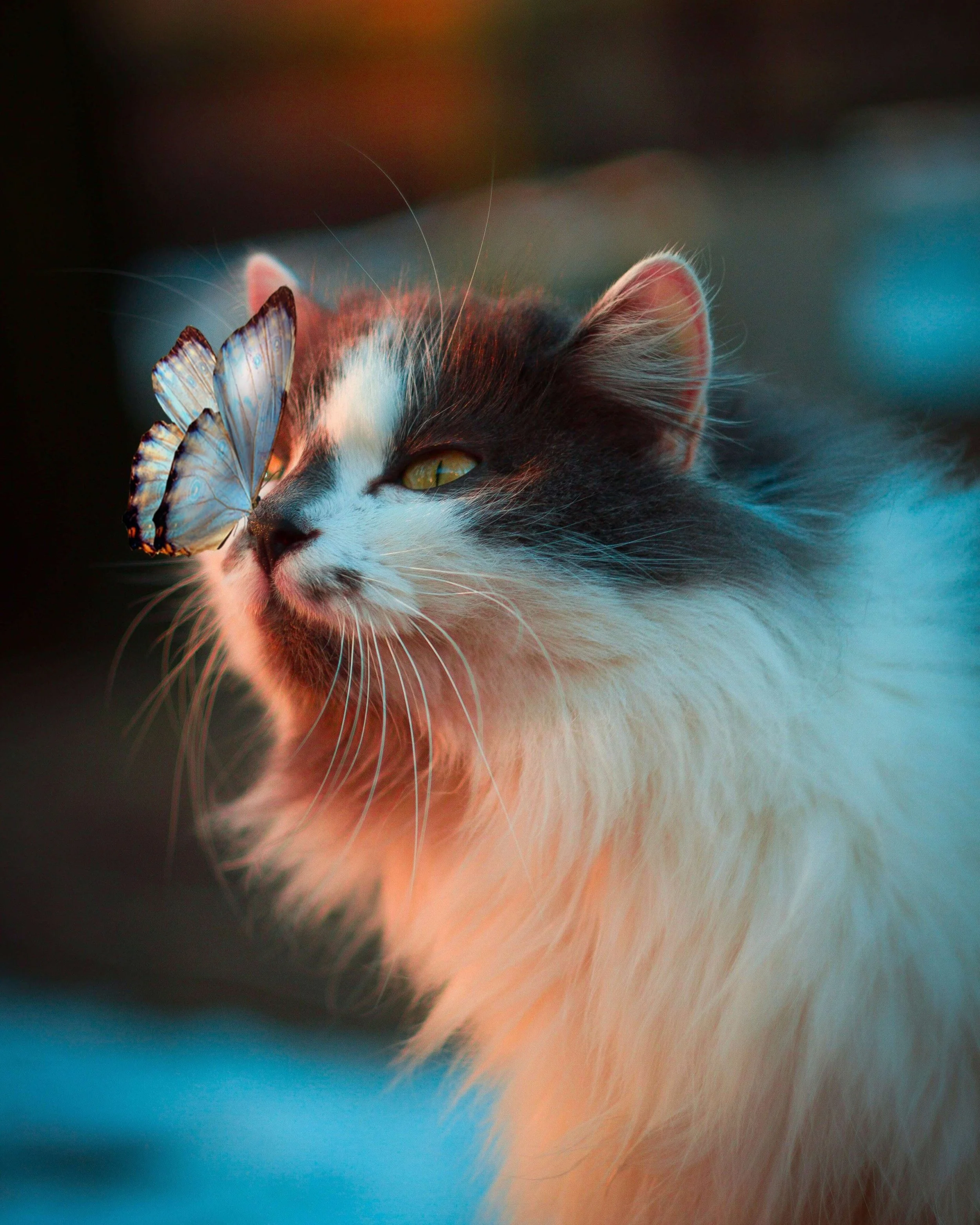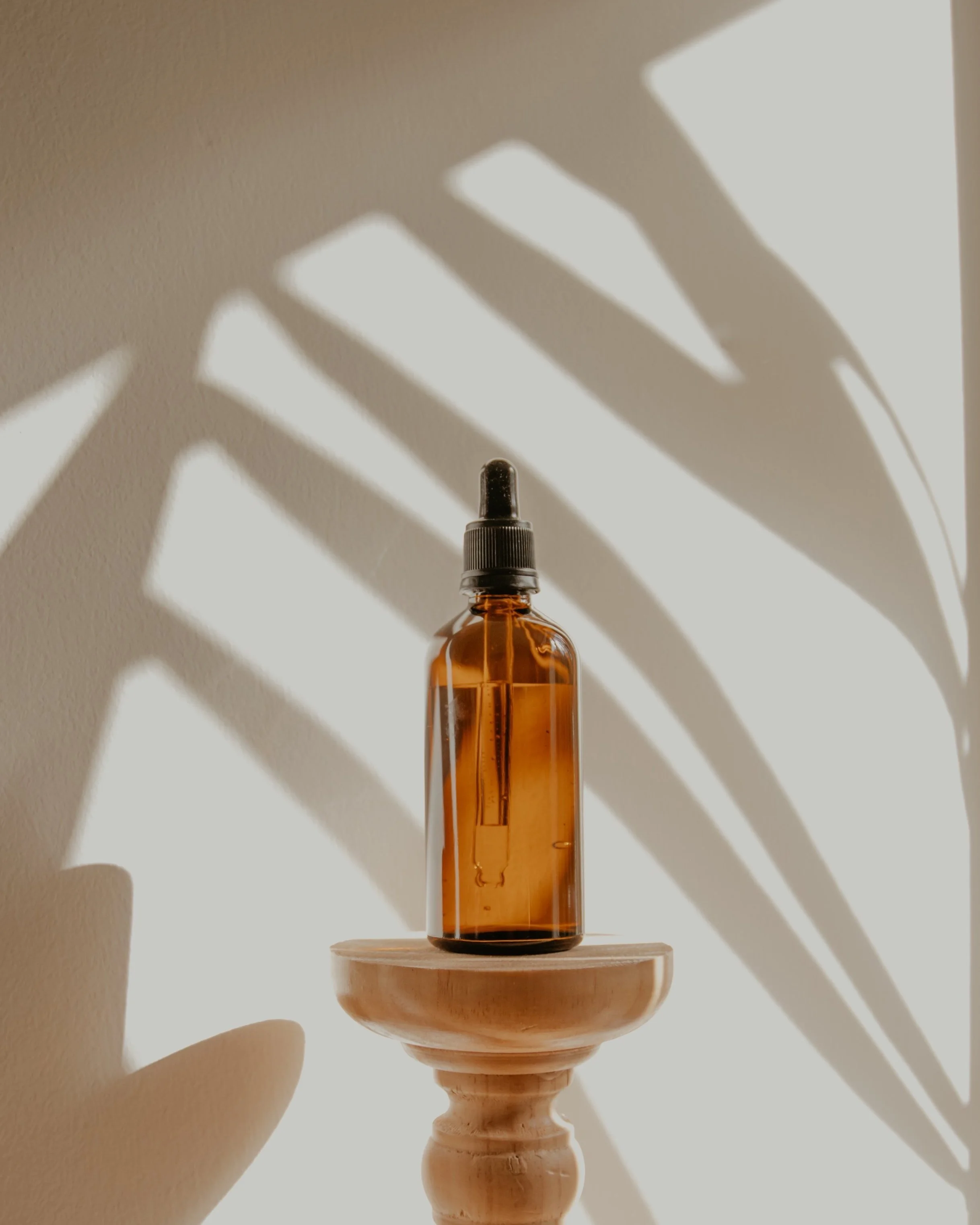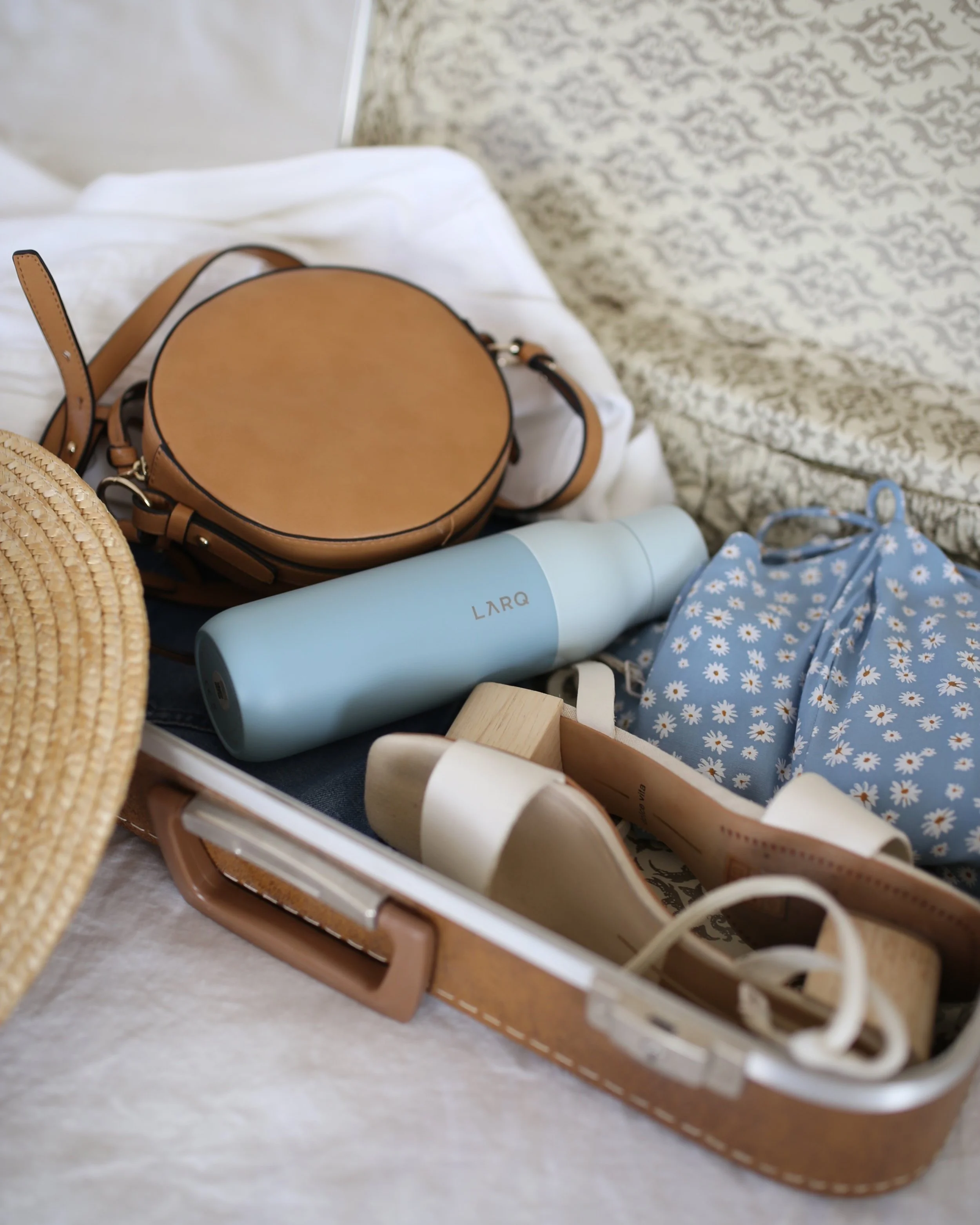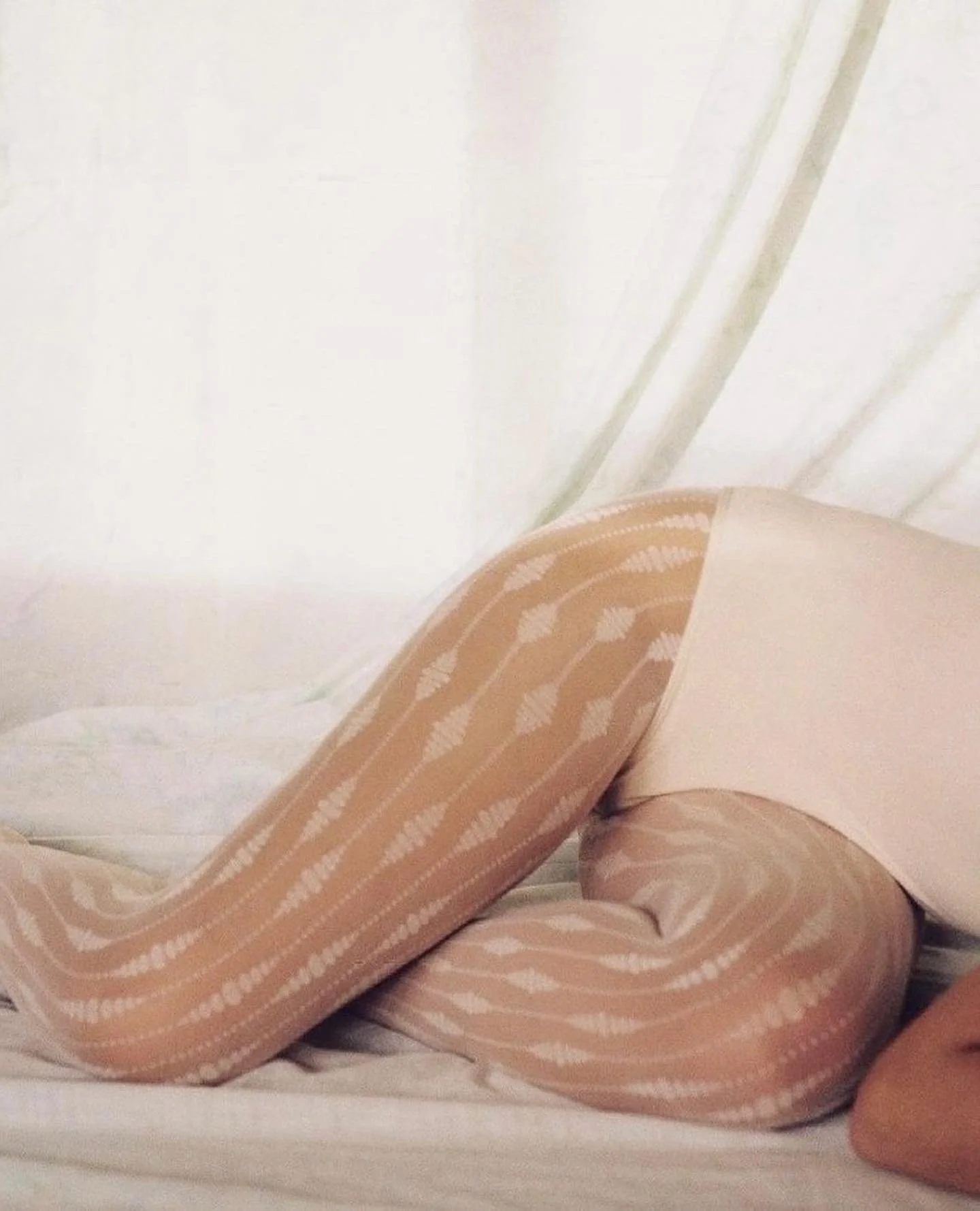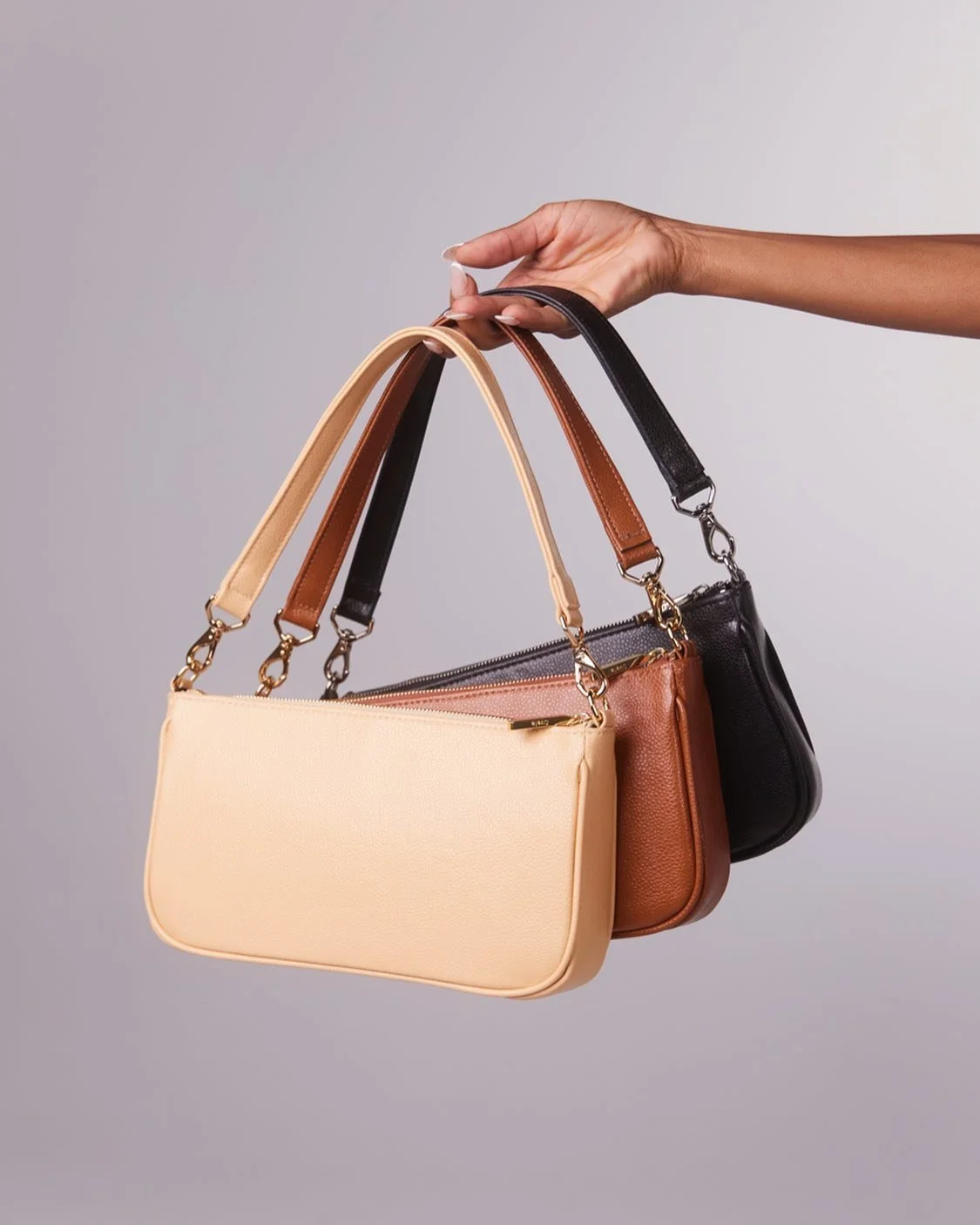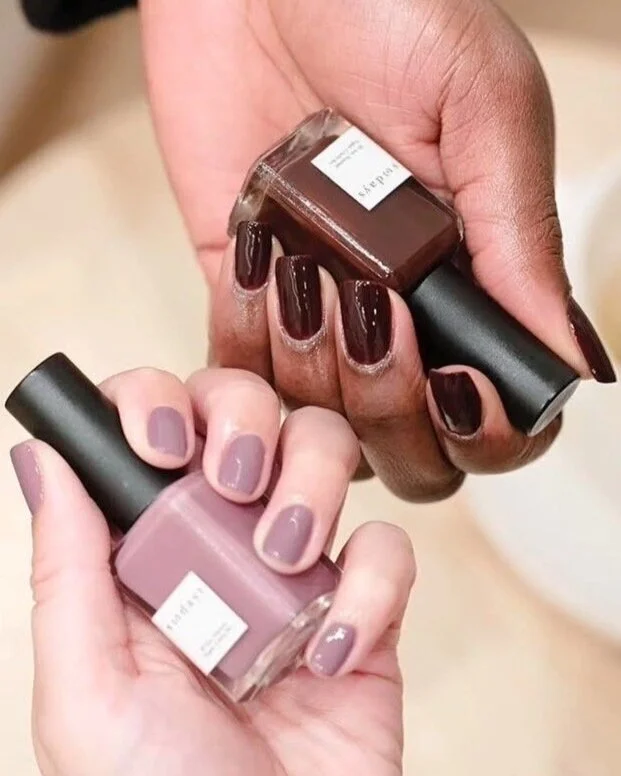What is Cupro Fabric? And is it Sustainable?
Image: Amour Vert
Disclosure: Some of the links below are affiliated; we may earn a small commission if you click through and make a purchase. We only ever add brands & products we truly believe in. Thank you for supporting the brands who are making the fashion industry a better place!
What is Cupro Fabric?
Cupro – the versatile and luxurious fabric that's making waves in the sustainable fashion world! If you're curious about what cupro is, how it's made, and its impact on the environment, you've come to the right place.
So what exactly is cupro? Well, think of it as a cousin to rayon and silk, known for its silky texture and ability to drape nicely. But what sets cupro apart is its unique production process, which involves recycling cotton linter – a byproduct of the cotton industry.
We’ll dive deeper into the history and manufacturing process of cupro in this blog, and uncover some of the sustainability challenges associated with cupro production and why it might not always be the most eco-friendly choice.
A brief history of cupro
Cupro has a foggy history with lots of different claims as to where and when it was first created. Many people claim that production of cuprammonium rayon for textiles started in 1899 in the Vereinigte Glanzstoff Fabriken AG in Oberbruch, Germany, but that it was an improvement by J. P. Bemberg AG in 1904 that made the artificial silk a product comparable to real silk.
Initially used for industrial purposes such as electrical insulation, cupro found its way into the fashion industry during World War I when silk supplies were scarce. Its luxurious feel and silk-like drape made it a popular choice for clothing, particularly in the production of linings, lingerie, and lightweight garments.
Throughout the 20th century, cupro became a staple in fashion, valued for its versatility and comfort. As it is derived from a natural fiber, similar to TENCEL Lyocell and viscose, it has been widely adopted by sustainable fashion brands.
Image: Whimsy & Row
The science behind the material
Cupro, short for cuprammonium rayon, is derived from natural cellulose fibers found in cotton linter, a byproduct of the cotton industry. The process of creating cupro involves several chemical treatments to transform these cellulose fibers into a textile.
First, the cotton linter is dissolved in a cuprammonium solution, typically composed of copper oxide and ammonia. This solution breaks down the cellulose fibers, forming a viscous liquid known as viscose.
Next, the viscose solution is extruded through spinnerets into a coagulating bath, usually containing sulfuric acid or a similar acidic solution. This bath solidifies the viscose into continuous filaments, which are then washed to remove any residual chemicals.
Finally, the filaments are stretched, dried, and processed into fibers, which can be spun into yarns and woven or knitted into fabric. The resulting cupro fabric is a popular choice for clothing that needs to drape like dresses, skirts and blouses.
Is cupro sustainable?
While it is derived from natural cellulose fibers, cupro's sustainability is a topic of debate due to its manufacturing process and the concerns associated with the environmental impacts.
On the one hand, cupro utilizes a waste product of cotton production and therefore helps to reduce the overall waste of the cotton industry. It is also a good alternative to silk for vegans as silk requires the breeding and killing of silkworms.
However, the chemicals used to create cupro include copper oxide, ammonia, and caustic soda. These can be harmful to the textile workers who handle the production and also pose a threat to the environment as they can pollute waterways if the wastewater from production is not responsibly managed. Additionally, the coagulating bath often contains sulfuric acid, a highly corrosive substance that poses risks to both human health and ecosystems.
Cupro production involves significant water usage and energy consumption, which contributes to its overall carbon footprint. While cupro is biodegradable and can be considered a renewable resource, its sustainability is undermined by the chemical-intensive production process and the resulting environmental impacts. As a result, there is growing interest in developing more eco-friendly methods to cupro production.
Cupro is now solely manufactured in Japan by Bemberg, who have since developed a closed-loop system for the material, meaning that any chemicals are extracted and reused multiple times. Bemberg has said “We strictly control the chemical substances used in the manufacturing process and have introduced a closed-loop production system that recovers and reuses copper and ammonia,”. This is a good step forward and you can find out more information on how they make cupro on Bemberg’s information page.
If you’re considering buying clothing made with cupro, it’s worth checking out where they get their cupro from and what it’s blended with. You can also find similar materials like TENCEL Lyocell and recycled satin that make great alternatives to silk.
Image: Anemos
Five sustainable fashion brands using cupro
Amour Vert
Amour Vert offers sustainable fashion with a chic flair. Their clothing line includes timeless pieces made from eco-friendly materials, ranging from classic tees to elegant dresses. Known for their commitment to sustainability, each piece is designed to be both stylish and environmentally conscious, appealing to the modern, eco-conscious consumer. Amour Vert offers a range of clothing made with cottonseed cupro, including blouses, jackets and dresses.
Whimsy + Row
Whimsy + Row embodies effortless California cool with their collection of laid-back yet modern clothing. From breezy dresses to versatile jumpsuits, their designs are characterized by their relaxed silhouettes and sustainable fabrics. Known for their commitment to ethical production, they offer fashion-forward pieces perfect for everyday wear. Whimsy + Row use a Tencel-cupro blend in a range of dresses, skirts and pants.
Anemos
Anemos specializes in luxurious resort wear that exudes elegance and sophistication. Their collection features flowy maxi dresses, tailored separates, and chic swimwear, all crafted from high-quality fabrics. Known for their attention to detail and minimalist designs, Anemos offers the epitome of refined vacation attire for the modern eco-traveller. Anemos source their cupro from Japan and their linen and stretch cupro from Turkey, and have a range of cupro-based clothing including dresses, shorts and tops.
Altar
Altar is synonymous with edgy, alternative fashion that pushes boundaries. Their clothing line includes statement-making pieces such as graphic tees, bold prints, and avant-garde accessories. Known for their rebellious spirit and unique aesthetic, Altar caters to those who dare to stand out and express themselves through their style. From kaftans and jumpsuits to their basic cropped tees, Altar uses their deadstock cupro to create bold yet simple pieces that will last a lifetime.
LA Relaxed
LA Relaxed captures the essence of laid-back Los Angeles style with their collection of effortlessly cool clothing. From cozy loungewear to versatile basics, their designs prioritize comfort without compromising on style. Known for their soft, sustainable fabrics and relaxed fits, LA Relaxed offers wardrobe staples perfect for the modern urban dweller. They use a Lyocell (eucalyptus) based cupro weave in a couple of their dresses that are perfect for warm summer evenings.
Caring for your clothes
Maintaining and caring for your cupro clothing can help extend the life cycle of your item and avoid it having to be thrown away. There are a few things you can do to look after your clothes made with cupro that can help keep them as smooth and silky as the day you found it!
It’s worth thinking of caring for cupro in a similar way that you would if it were made of silk, as it’s a very similar fabric and requires a certain level of gentle care that other materials don’t always call for. When washing your cupro items, if you can hand wash in cold water with a gentle soap, that works best for this material, and avoid rubbing or wringing out the item. Then you can lay the item flat to dry and reshape while still damp if needed. You can also air dry outside or on a drying rack. You can iron cupro at a low or medium temperature but make sure you iron on the reverse side to avoid the material becoming shiny.
If your item is particularly delicate, such as dresses or blouses, you may opt for eco-friendly dry cleaners that can help the item keep its shape and avoid damage during the cleaning process.
Looking after your clothes in general is a great way to avoid wear and tear and help your items last as long as possible. Here are some other tips to keep your garments fresher for longer:
Read the care labels: Always check the care labels on your clothing for specific washing instructions. Different fabrics require different treatments.
Sort clothes before washing: Separate darks from lights and delicate fabrics from sturdier ones to prevent color bleeding and damage.
Wash in cold water: Using cold water helps preserve colors and prevents shrinkage, especially for delicate garments.
Use gentle detergents: Opt for mild, eco-friendly detergents to prevent harsh chemicals from damaging fabrics.
Turn clothes inside out: This protects the outer surface of clothes from friction and fading during washing.
Air dry when possible: Hang clothes to air dry instead of using the dryer, which can cause shrinkage and damage fibers.
Store clothes properly: Fold knitwear and delicate items instead of hanging them to maintain their shape. Use padded hangers for structured garments.
Avoid overwashing: Washing clothes too frequently can cause them to wear out faster. Spot clean when possible and air out clothes between wears.
Mend and repair: Fix small tears, loose buttons, and loose threads promptly to prevent further damage.
About the Author
Sarah King is a freelance writer with a focus on vegan fashion, sustainability and ethically made clothes. She campaigns for change in the fashion industry through her blog and on her Instagram page.
MAKE SURE TO PIN THE PHOTO BELOW TO SAVE THIS POST FOR LATER!
WANT TO FIND SUSTAINABLE BRANDS? VISIT OUR BRAND DIRECTORY!
Our Brand Directory is home to hundreds of sustainable brands, from makeup to cleaning supplies, from underwear to shoes. We have broken everything down by category for easy shopping, along with discount codes unique to Sustainably Chic viewers.







